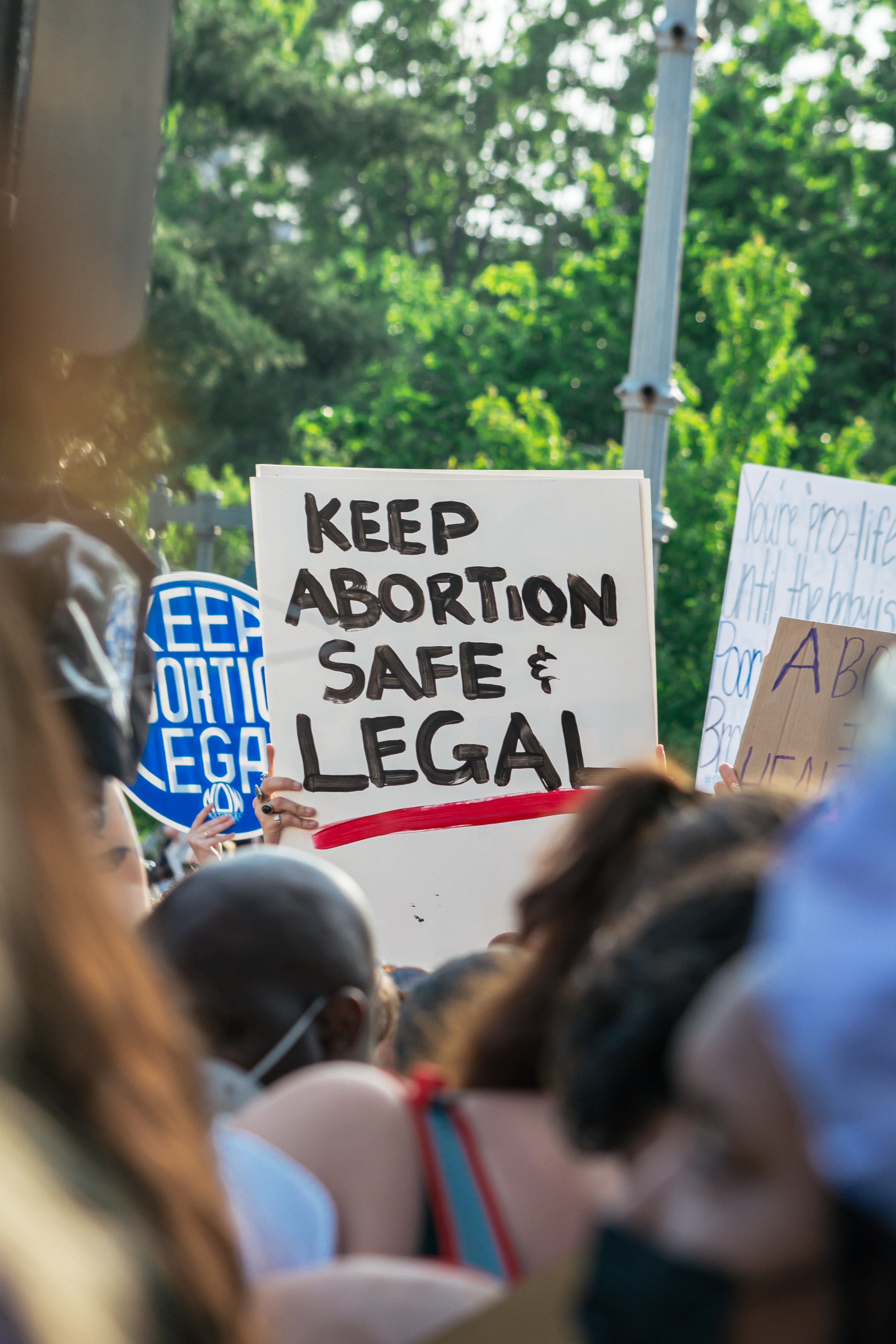Aggregated News

In June 1973, the Southern Poverty Law Center began publicizing a case it was pursuing in defense of two Black children from Alabama, Minnie Lee and Mary Alice Relf. The Relf sisters, 14 and 12 years old, had been sterilized on the recommendation of a nurse employed by the federal government. The girls’ mother, who reportedly could not read or write, signed consent forms for the sterilization of her two young daughters with an “X” and said later that she thought she was authorizing a form of reversible birth control, not a permanent removal of her daughters’ reproductive capacity. Relf v. Weinberger burst onto the scene just six months after Supreme Court Justice Harry A. Blackmun published his opinion for the majority in Roe v. Wade on Jan. 22, 1973, 50 years ago this week. This was a time of celebration for most feminists, and justly so: Their movement, working ardently at the grass roots and uniting across many lines of difference, had persuaded the nation’s highest court to recognize people’s need to make autonomous choices about whether to end...



